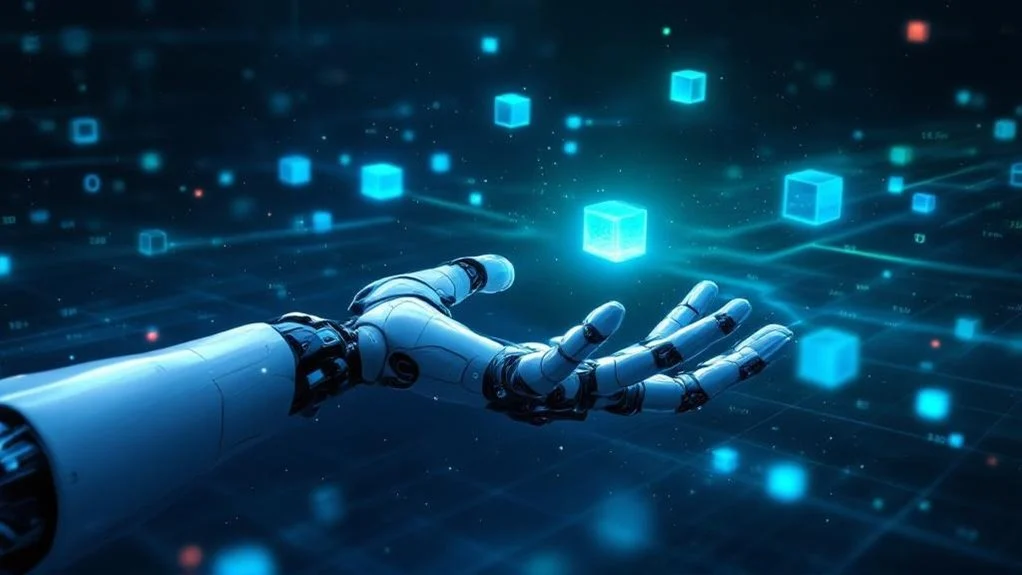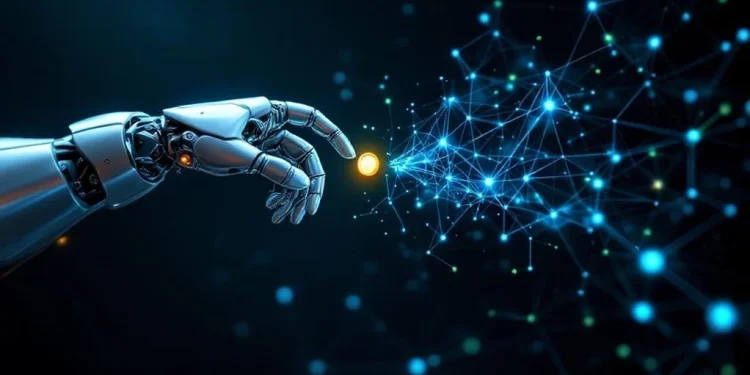A reinforcement learning algorithm teaches machines to make decisions through trial and error. It consists of an agent that interacts with an environment, taking actions and receiving rewards as feedback. The agent develops a policy, which maps situations to ideal actions, often using methods like Q-learning to track action values. Over time, the algorithm learns to maximize rewards by selecting better actions. Understanding these components reveals how machines develop intelligent behavior.

Reinforcement learning algorithms enable computers to learn through trial and error, similar to how humans master new skills. At the heart of these algorithms is the agent, which acts as the decision-maker that interacts with its environment. The agent observes the current situation, makes choices, and learns from the consequences of its actions. Just like a student learning to play chess, the agent improves its strategy over time through experience.
The environment represents everything the agent interacts with, providing information about the current state and responding to the agent’s actions. When the agent takes action, the environment changes and provides feedback in the form of rewards. These rewards are simple numbers that tell the agent how well it’s doing. Positive rewards encourage helpful behaviors, while negative rewards discourage unwanted ones. Using a discounting factor helps the agent prioritize immediate rewards over future ones. The agent must balance exploration and exploitation to discover optimal actions while maximizing rewards.
The agent’s goal is to develop a policy, which is like a playbook that guides its decisions. This policy maps different situations to the best actions to take. For example, in a video game, the policy tells the agent which buttons to press based on what’s happening on screen. The policy can be either fixed (always choosing the same action in a situation) or flexible (choosing actions with different probabilities).
One popular method for learning these policies is Q-learning. This algorithm helps the agent figure out which actions are most valuable in different situations. It works by maintaining a table of Q-values that estimate how good each action is in each state. As the agent tries different actions and sees their results, it updates these Q-values to become more accurate. The agent doesn’t need to know how the environment works beforehand; it learns directly from its experiences.
The learning process creates a continuous cycle of interaction. The agent observes the current state, chooses an action based on its policy, and receives a reward from the environment. The environment then shifts to a new state, and the cycle continues. Over time, the agent learns to make better decisions by maximizing its total rewards.
This approach has proven successful in various applications, from teaching robots to walk to playing complex games like Go and chess. Through this systematic process of exploration and learning from feedback, reinforcement learning algorithms can develop sophisticated decision-making capabilities.
Frequently Asked Questions
How Long Does It Take to Train a Reinforcement Learning Model?
Training time varies considerably, ranging from minutes for simple tasks to weeks or months for complex environments, depending on factors like algorithm choice, hardware capabilities, and data requirements.
Can Reinforcement Learning Be Used for Real-Time Decision Making?
Reinforcement learning can effectively handle real-time decision making through specialized frameworks like RTRL, enabling rapid responses in dynamic environments while maintaining strict timing constraints for practical applications.
What Hardware Requirements Are Needed to Implement Reinforcement Learning?
Reinforcement learning requires powerful CPUs with multiple cores, GPUs with minimum 11GB memory, sufficient RAM, and fast storage solutions. Hardware accelerators like FPGAs can enhance computational efficiency.
How Does Reinforcement Learning Compare to Supervised Learning in Terms of Efficiency?
Reinforcement learning typically requires more time and samples to achieve ideal performance compared to supervised learning, which converges faster when quality labeled data is readily available for direct optimization.
Can Reinforcement Learning Algorithms Work With Incomplete or Noisy Data?
Reinforcement learning algorithms can handle noisy and incomplete data through specialized preprocessing techniques, robust policy learning methods, and adaptive exploration strategies, though performance may be impacted without proper data management approaches.


